Nicola Perra
Modeling Teams Performance Using Deep Representational Learning on Graphs
Jun 29, 2022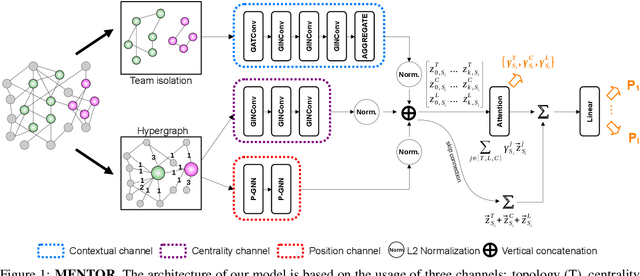
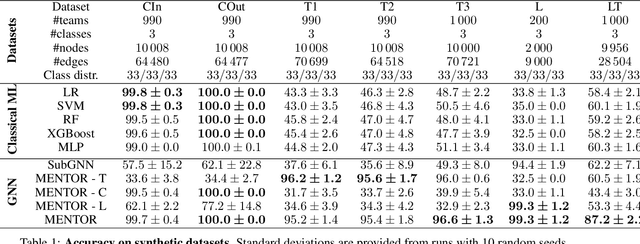
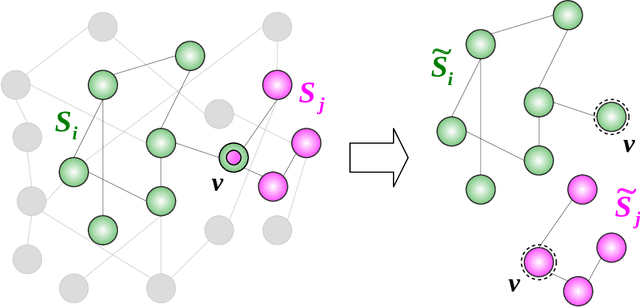
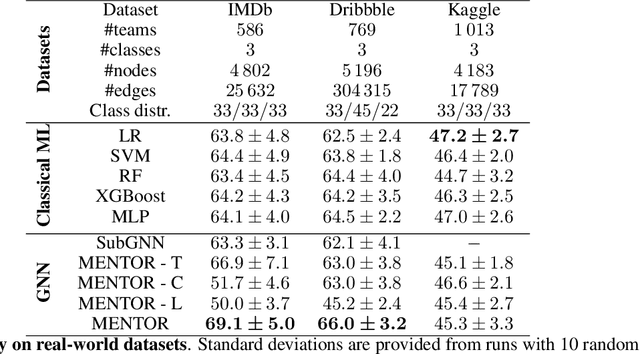
Abstract:The large majority of human activities require collaborations within and across formal or informal teams. Our understanding of how the collaborative efforts spent by teams relate to their performance is still a matter of debate. Teamwork results in a highly interconnected ecosystem of potentially overlapping components where tasks are performed in interaction with team members and across other teams. To tackle this problem, we propose a graph neural network model designed to predict a team's performance while identifying the drivers that determine such an outcome. In particular, the model is based on three architectural channels: topological, centrality, and contextual which capture different factors potentially shaping teams' success. We endow the model with two attention mechanisms to boost model performance and allow interpretability. A first mechanism allows pinpointing key members inside the team. A second mechanism allows us to quantify the contributions of the three driver effects in determining the outcome performance. We test model performance on a wide range of domains outperforming most of the classical and neural baselines considered. Moreover, we include synthetic datasets specifically designed to validate how the model disentangles the intended properties on which our model vastly outperforms baselines.
Finding Patient Zero: Learning Contagion Source with Graph Neural Networks
Jun 27, 2020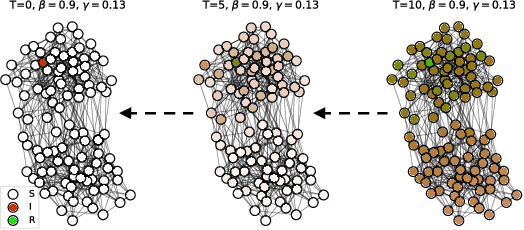

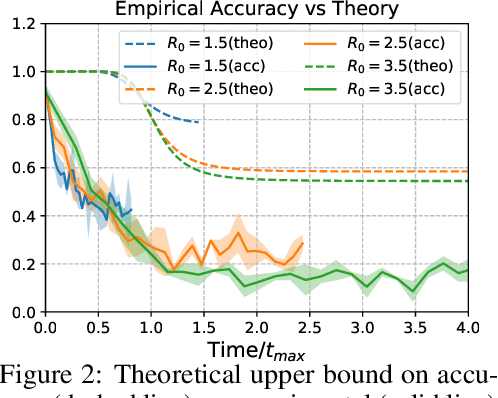

Abstract:Locating the source of an epidemic, or patient zero (P0), can provide critical insights into the infection's transmission course and allow efficient resource allocation. Existing methods use graph-theoretic centrality measures and expensive message-passing algorithms, requiring knowledge of the underlying dynamics and its parameters. In this paper, we revisit this problem using graph neural networks (GNNs) to learn P0. We establish a theoretical limit for the identification of P0 in a class of epidemic models. We evaluate our method against different epidemic models on both synthetic and a real-world contact network considering a disease with history and characteristics of COVID-19. % We observe that GNNs can identify P0 close to the theoretical bound on accuracy, without explicit input of dynamics or its parameters. In addition, GNN is over 100 times faster than classic methods for inference on arbitrary graph topologies. Our theoretical bound also shows that the epidemic is like a ticking clock, emphasizing the importance of early contact-tracing. We find a maximum time after which accurate recovery of the source becomes impossible, regardless of the algorithm used.
The Twitter of Babel: Mapping World Languages through Microblogging Platforms
Dec 20, 2012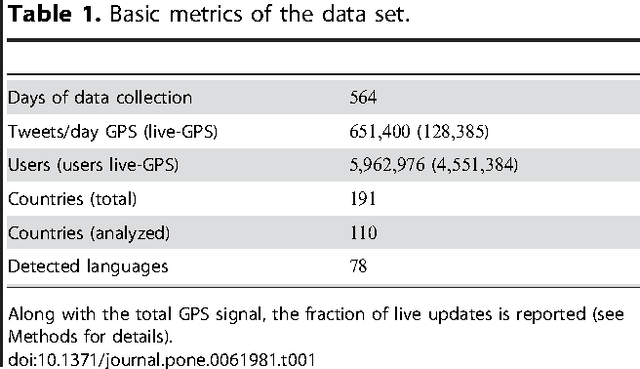

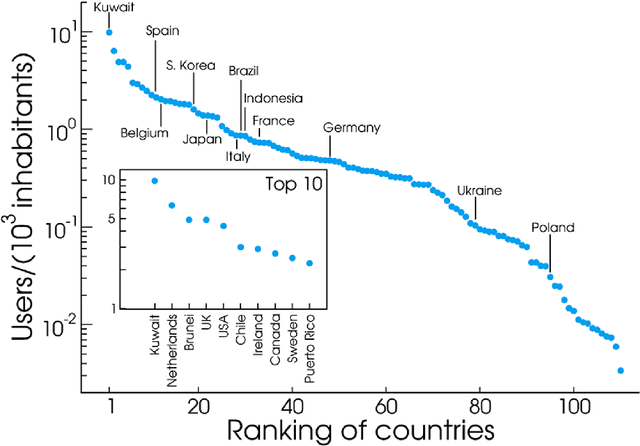
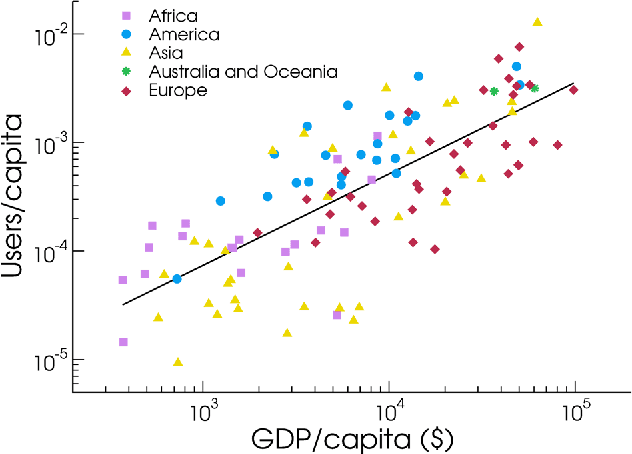
Abstract:Large scale analysis and statistics of socio-technical systems that just a few short years ago would have required the use of consistent economic and human resources can nowadays be conveniently performed by mining the enormous amount of digital data produced by human activities. Although a characterization of several aspects of our societies is emerging from the data revolution, a number of questions concerning the reliability and the biases inherent to the big data "proxies" of social life are still open. Here, we survey worldwide linguistic indicators and trends through the analysis of a large-scale dataset of microblogging posts. We show that available data allow for the study of language geography at scales ranging from country-level aggregation to specific city neighborhoods. The high resolution and coverage of the data allows us to investigate different indicators such as the linguistic homogeneity of different countries, the touristic seasonal patterns within countries and the geographical distribution of different languages in multilingual regions. This work highlights the potential of geolocalized studies of open data sources to improve current analysis and develop indicators for major social phenomena in specific communities.
 Add to Chrome
Add to Chrome Add to Firefox
Add to Firefox Add to Edge
Add to Edge